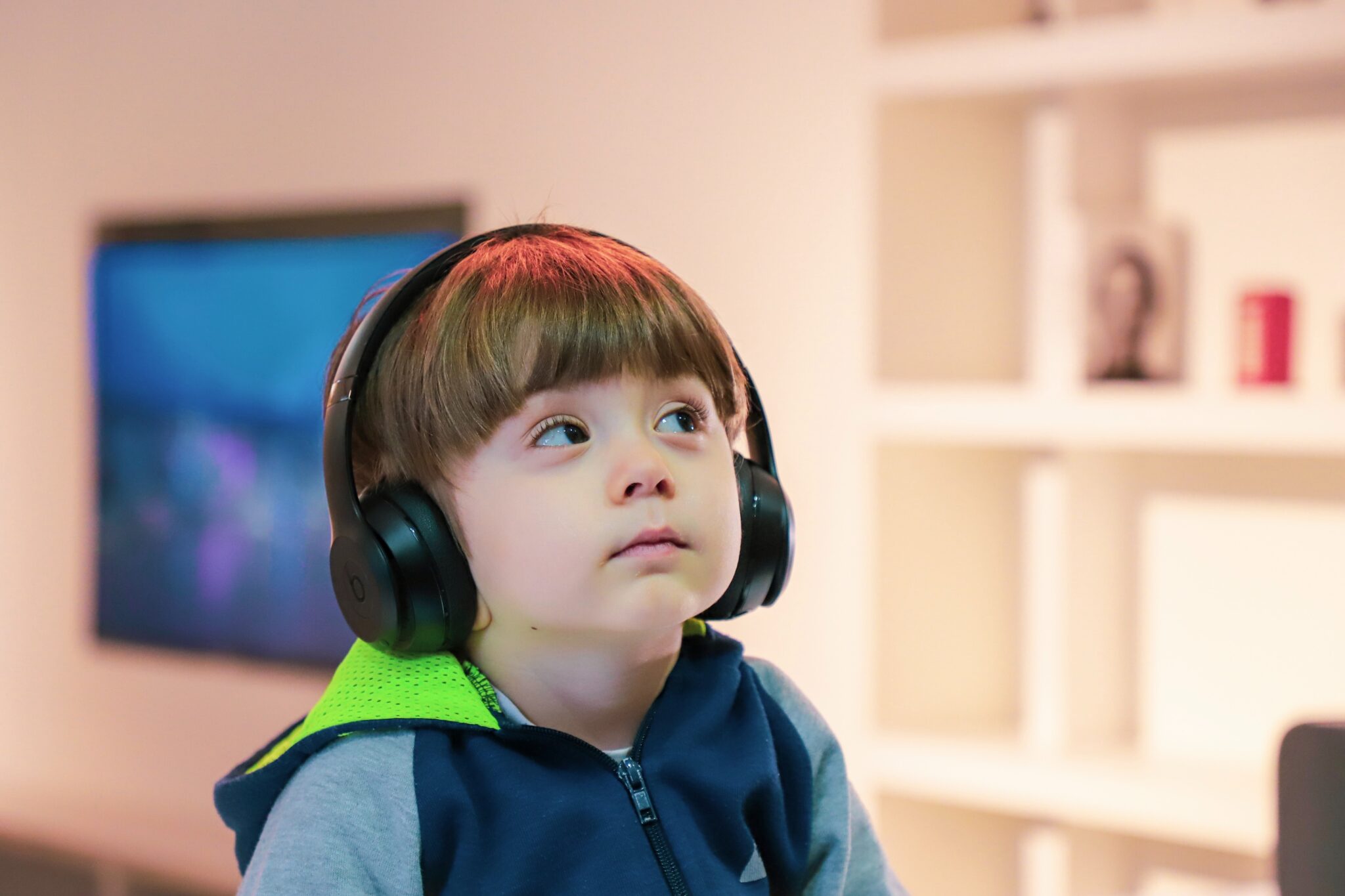
Asperger Syndrome began the beginning stages of study in 1944 by Hans Asperger. Asperger was a child psychologist who recognized a few boys he studied with average intelligence and language development that still portrayed behaviors aligned with Autism. These behaviors include a lack of social interactions, understanding nonverbal communication, obsession with a specific subject, and a need for routine. In 1994, Asperger syndrome was listed in the Diagnostic and Statistical Manual of Mental Disorders or DSM-4. In 2013, this was taken away, and Asperger Syndrome was placed under autism spectrum disorder (ASD) in DSM-5.
Frequently, children and adults who had been diagnosed with Asperger Syndrome do not show obvious signs in their cognitive development. Because of the lack of obvious signs, this led to misdiagnosis in the past. People develop and mature at their own rate, and Asperger Syndrome can show itself in many ways, depending on each person. Some may show every behavioral sign associated, while others exhibit three to four characteristics. Rather than focusing on every behavioral aspect together pointing to Asperger’s, doctors diagnosed specific behavioral problems. For example, patients can be diagnosed with attention deficit disorder (ADD), attention deficit hyperactivity disorder (ADHD), obsessive-compulsive disorder (OCD), oppositional defiant disorder (ODD), or anxiety, depression, and potentially bipolar disorder. Doctors pointed to these diagnoses individually and subscribed anxiety medication for anxiety, antidepressants, stimulants for ADHD, and much more. The problem with this is the actual diagnosis was Asperger Syndrome. While the described diagnoses often came alongside an Asperger diagnosis, patients were left confused and frustrated without the diagnosis of Asperger Syndrome. The big question for patients and their parents was, how can I help my child (or myself) succeed in a world where they lack understanding of things their peers seem just to know?
Imagine being a young child and not understanding the social norms around you. Those undiagnosed with Asperger Syndrome notice they are different, think differently, and understand things through a different lens than their peers. Parents are left with no answer and feel they could have done more with the correct diagnosis years later. Despite any medication or diagnosis for the behavior actions, characteristics never seem to get better.
Individuals diagnosed with Asperger Syndrome between 1994-2012 understood why they differed. After years of tests, therapies, and doctors’ visits, the answer to Asperger’s brought moments of peace and understanding. Children and adults can be helped and learn to function in a world where they know they are different. There was a light at the end of the tunnel. Parents could enroll their children in behavioral therapy with the correct treatment and knowledge. Caregivers could coordinate with schools and educate others about how their child may act differently and still succeed in this world. Children learned how to express their emotions appropriately and feel in situations properly.
With the misdiagnosis of so many children, and the late diagnosis of many adults with Asperger Syndrome, the DSM – 5 changed. In 2014, Asperger Syndrome was placed under autism spectrum disorder (ASD) diagnosis. Before, Asperger Syndrome was the highest–functioning form on the autism spectrum. Asperger Syndrome was replaced in the clinical world but still lives among those previously diagnosed. In the world around us, Asperger’s remains constant.
Despite the decision made in 2014 and the doctors for and against the DSM change, the term Asperger’s has yet to fade. Movies like The Accountant and TV shows like Atypical and Asperger’s Are Us show society that Asperger Syndrome may not live in the clinical world but remains in communities today.
Many of those diagnosed with Asperger Syndrome felt a piece of their identity changed with the DSM-5. The fear of losing benefits to services and access to mental health weighed among many people and families. Individuals previously diagnosed felt it was not right to place those with Asperger Syndrome under the umbrella of ASD. They thought they were stealing a diagnosis of families that have lower functioning children and adults with autism, who carry so much more each day. Others believe the community of people with Asperger Syndrome worked too hard to educate the public and find their identity in a world where they are different. For years, celebrities like Dan Aykroyd, Susan Boyle, Dan Harmon, and many more educated society on children and adults with Asperger Syndrome.
Asperger’s may not dwell in the clinical world as a diagnostic anymore, but the term still lives in the community of those previously diagnosed. Every day people are educated on the lives of those around them. If we are not educating ourselves on what others are feeling and understanding, we cannot adequately serve and help them through the good days, especially the hard days. Learning to get a glimpse through the lens through which others see the world very differently than we do ourselves helps create a world of understanding. If we can see a small glimpse of the world through a different lens of our own, we are taking the first significant steps to help people different from us engage in a world where they feel anxious, overwhelmed, or singled out.
To learn more about Asperger Syndrome, Autism Spectrum Disorder, and the DSM-5, visit our Resources page!
Authored by Ashley Beck